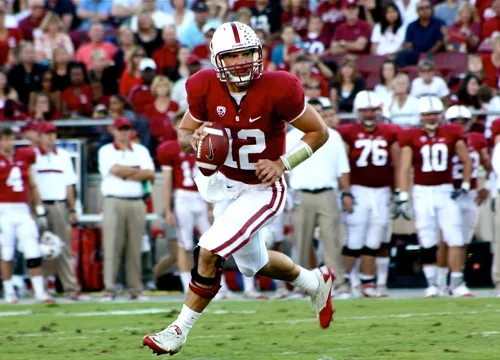Table of Contents
The new measures allow conferences to award multi-year scholarships to athletes and to increase athletic scholarships by up to $2,000 in order to cover the incidental expenses of attending college. The NCAA also raised the bar on academic standards and increased access for men’s basketball coaches in the recruiting process, intending to reduce third-party influences on recruits.
These changes come in part as a response to critics, some of whom are athletes themselves. Athletes have argued that although many receive significant scholarships, they often have little cash to cover the incidental expenses associated with earning an undergraduate degree.
The reforms come after a string of recent controversies involving players and coaches violating NCAA rules. In the past two years alone, a Heisman Trophy has been returned, a national championship vacated at Southern California, and Ohio State coach Jim Tressel forced to resign. The University of Miami saw eight players suspended at the start of the season for accepting booster benefits.
Last week the Board also addressed academic requirements by voting to raise the minimum Academic Progress Rates required for basketball teams to compete in the postseason to a 900 four-year average and a 930 two-year average.
This increase roughly corresponds to a 50 percent graduation rate. Had the 900 measure been in place last season, Connecticut, the men’s basketball national champion, would not have been eligible for the tournament.
According to the NCAA, changes in the recruiting process for men’s basketball are intended to help facilitate clearer communication between coaches and prospective athletes. Under the new rules, coaches will be able to have unlimited contact with recruits after June 15th of their sophomore year in High School. The ban on texting between coaches and recruits has also been lifted.
Stefan Nastic, a red-shirt freshman on Stanford’s basketball team, believes that overall, the new measures will be beneficial.
“The new rules will help recruits and coaches get to know one another better, which will help players make better informed choices about where they want to commit,” Nastic said.
Joe Castiglione, Oklahoma’s athletic director, commented on the swiftness with which the NCAA passed these measures, saying, “We’re not surprised by sweeping reform, nor surprised by the boldness of the initiatives.” He explained that the reform would be challenging to work through as it has “a sudden impact with no real time to deal with the consequences.”
Beth Goode, senior associate athletic director at Stanford University, echoed Castiglione, stating, “There’s still a lot to be determined…there’s still a lot we don’t know about the implementation of these changes.”
The PAC 12 conference expressed similar sentiments about the changes, but has allowed schools to implement them. “With the November National Letter of Intent signing period fast approaching, we have given the green light to our member institutions to enact these reforms as they see fit,” they explained in an official statement. But the officials also admitted that the reform is “complicated” and will generate questions while the various member schools proceed at their own pace.
“As a Conference, our focus has been to provide answers and best practices so that each of our schools can determine how to administer the reforms on their campuses,” the PAC-12 conference noted.
Despite questions about implementation, the general sentiment in the Stanford Athletic Department is that the changes will be positive, especially for Stanford athletes.
“Some of our students will be receiving more aid to supplement day-to-day living expenses, which will be a good thing,” Goode said.
“Two-thousand dollars extra spending money would mean a lot to athletes,” Nastic added. “College is expensive and some extra spending money would be really helpful.”
According to Karen Cooper, Stanford’s director of financial aid, new rules that provide for increased aid may create issues for some of the public universities who have already endured deep budget cuts as a result of reduced government funding. However, she too expressed uncertainty, explaining that it is too soon to see the real consequences of the policy change.





